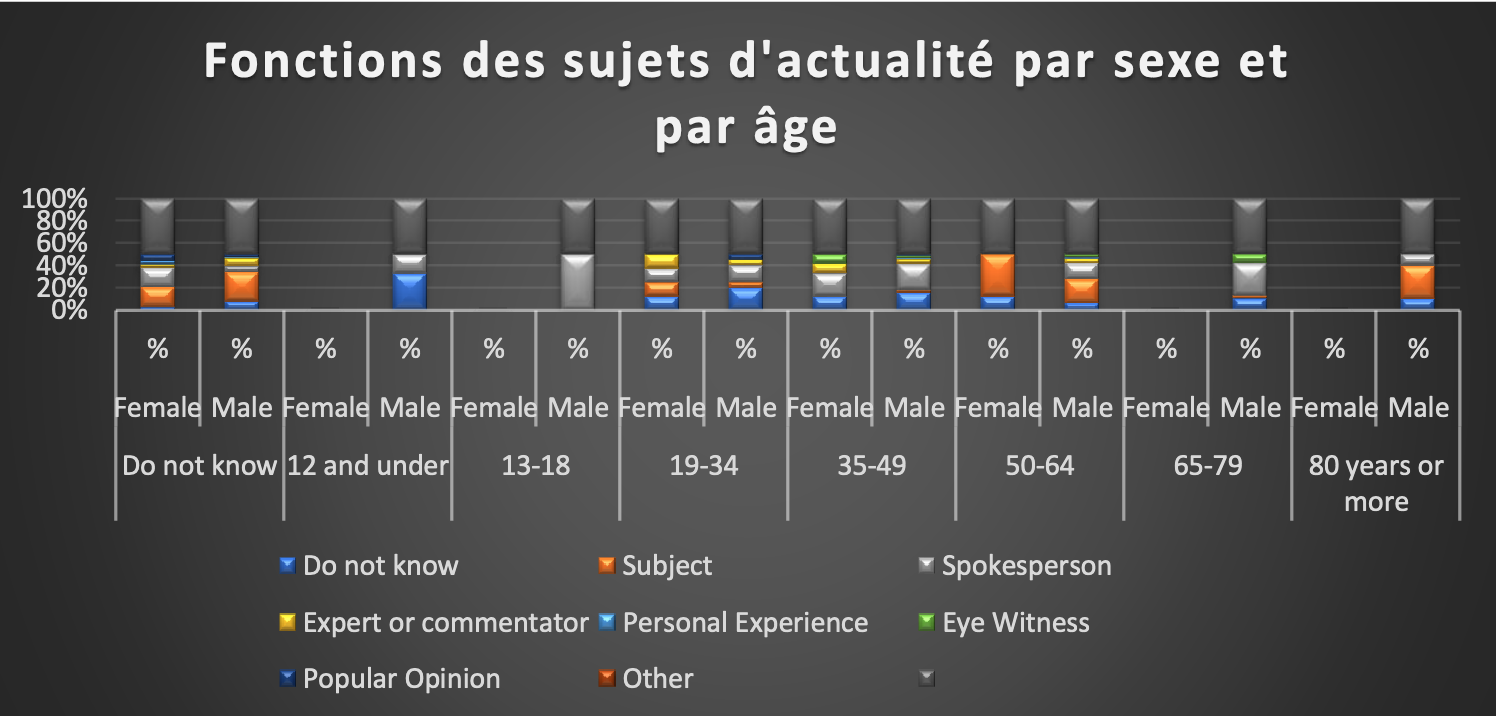
25 Feb Gender inequality persists in Cameroun news
The Constitution of the Republic of Cameroun enshrines gender equality, freedom of expression and freedom of the press as democratic principles. Media liberalization imposed by a demand for freedom of expression and information led to a vibrant media environment with numerous print, audiovisual and online outlets. A national gender equality policy was adopted in 2014.
Despite these developments, gender inequality persists especially in the media sector. At Africa regional level, women are only 22% of the people seen, heard or read about in mainstream legacy (print and broadcast) news, according to the 6th Global Media Monitoring Project (GMMP) . This finding matches the result from the monitoring of news websites and news Twitter in the region. Women’s underrepresentation as subjects and sources is most acute in political news; in legacy media (18%) and digital – Internet & Twitter – news (16%).
The research in Cameroun led by Women’s Peace Initiative and its team of volunteers revealed that women are only 19% of people seen, heard about, or written about in print and broadcast news overall. Male sources outnumber female sources in all news topics, except for crime and violence; 14% of subjects and sources in stories about politics and government, and 19% in social and legal news, are women.
Journalists appearing in the stories as reporters and presenters are overwhelmingly male, except for radio, where almost six out of 10 of the news personnel in the stories are women, in contrast to less than three in 10 in television newscasts.
Consistent with GMMP findings in many parts of the world, women are more likely to feature in unexceptional roles such as popular opinion providers (58%), unlike men, who dominate in authoritative and all other roles; 79% of expert interviewees are men, 82% of spokespersons and 85% of subjects.
Women were also more likely to be seen than heard: 45% of women in the stories were photographed in comparison to 27% of all male news subjects/sources.
The GMMP team in Cameroon investigated stories from four television networks, three radio stations, three Twitter handles, four traditional newspapers, and four digital news websites on September 29, 2020.
“The results that emerge from the monitoring clearly show that the women are still under-represented in the media in Cameroon on different aspects. It is important to act in favor of greater representation of women in the media,” said Women Peace Initiative in the report’s conclusion.
“We hope in view of the results that work will be done by the men, media women and even other actors to correct these shortcomings and contribute to the achievement of the sustainable development global goal on gender equality in order to achieve a fairer and more inclusive society.”
The report offers several recommendations for the media industry, civil society organizations, and governments. They include defining “a gender policy based on the principle of gender equality as envisaged by the Sustainable Development goals, sensitizing the media to promote gender equality, promoting inclusive communication, adopting “more robust information access laws” in Cameroon, and popularizing the GMMP and its national and global reports.
Download the global report here
Download the Cameroun national report here

Sorry, the comment form is closed at this time.